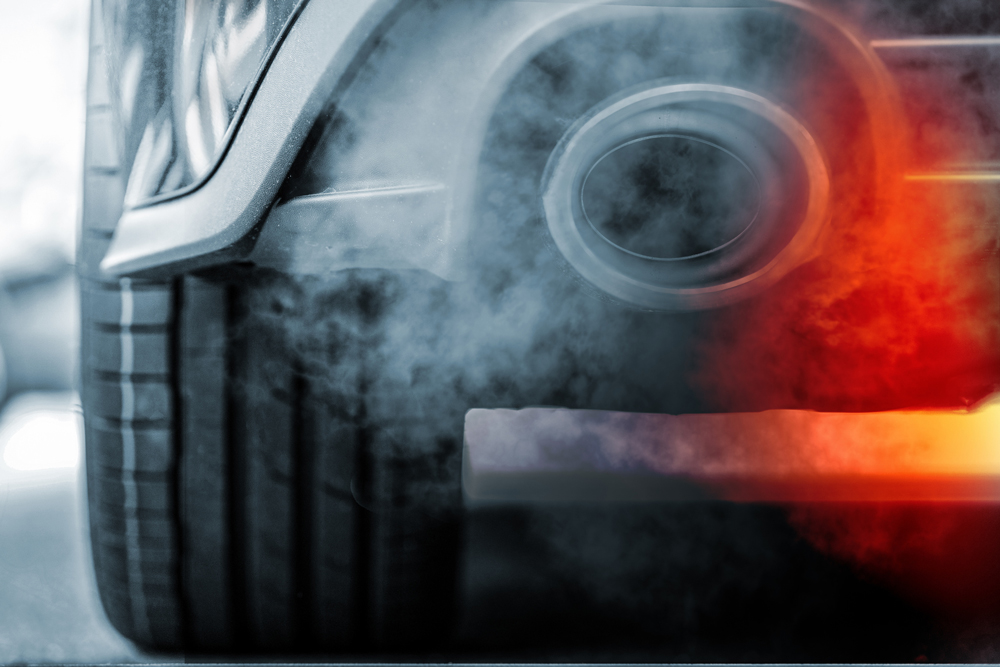Euro 7: one step forward or another step back?
Friday 14th June 2024
Last updated: 8th January 2025

By Jon Lawes, Managing Director, MHC Mobility
The introduction of Euro 7 emission standards in March sparked an intense debate among stakeholders, policymakers, and industry players. At best the dilution of Euro 7’s ambition exemplifies the competing visions of how best to achieve net zero. But at worst it feels a lot like the latest iteration of environmental backsliding in Europe.
While 2023 saw the Net Zero Industry Act - Europe’s answer to Biden’s landmark environmental legislation in the US – it was also a year of regressing on net zero commitments. Countries and politicians alike rowed back on targets – from Europe’s e-fuels lifeline and the UK’s push back on ICE phase-out, to reduced incentive programmes for buying EVs.
However, while there is little room for manoeuvre on Europe’s pressing climate goals, Euro 7 stakeholders must not lose sight of the big picture - and the more salient challenges still facing the EV switch.
Lifting the lid on Euro 7
The Euro 7 emission standards, applicable to cars, vans, trucks and buses are designed to limit pollutants released by new vehicles sold in EU member states. Europe has been progressively tightening these standards since the early 1990s, with vehicle emissions reduced by 90% between the first Euro standard and the first version of Euro 6 and they make up an important pillar of the European Commission’s goal of achieving net-zero emissions by 2050.
Proposals for Euro 7 were first introduced back in 2022, but many of its tighter emission limits were gone by the end of last year, in the wake of concerns from the automotive industry which deemed them too costly with negligible environmental benefits. In the end, eight EU countries advocated abandoning the proposed Euro 7 emission limits, and now a revised – and less ambitious - iteration has been approved by the European Parliament.
It’s not all doom and gloom. It’s true there is more continuation than innovation in Euro 7, but the new standards do for the first time set targets for particulate matter emissions from tyres and brakes - pertinent to heavier vehicles like buses. They also include minimum battery health targets which should help boost consumer confidence in BEVs, especially in the used-car market.
The bad news however is that thresholds for carbon monoxide, hydrocarbons, nitrogen oxides, and particulate matter from petrol and diesel exhausts remain unchanged.
Concerns remain in market
Unsurprisingly, the new Euro 7 standards have split opinion. One argument is that the tempered standards may allow for a smoother transition to EVs. Stricter tailpipe regulations could have disrupted the automotive market’s planning and long-term shift towards electric mobility, which should remain the key area of investment with the EU’s marquee 2035 ICE phase-out policy on the horizon.
On the other hand, diluting Euro 7 delays urgently needed action on reducing emissions here and now. Significant environmental damage can still be done between now and 2035 – over a decade away.
There are also concerns that this sets a dangerous new precedent on capitulating to the auto sector. Will a deepening climate crisis simply demand a more severe and costly correction in future tailpipe emission standards? And does this chapter fuel or placate the growing ‘greenlash’? There are few easy answers.
The big picture
But while the debate around the Euro 7 emission standards has merit, stakeholders now need to put this in the rear review mirror and focus on the long-term challenges still facing the mobility transition.
The ICE phase-out is fast approaching, yet serious corrective measures are needed to limit the number of older vehicles on the road and facilitate the transition towards a well-functioning EV ecosystem. Charging infrastructure is the greatest challenge of all. While some western European countries are making good progress, it’s a much more varied picture further afield and levels of imbalance are high, with central and eastern Europe further behind on the transition curve.
Price parity between EVs and traditional vehicles, and the supply chain for battery production, is another significant hurdle. The growing scrutiny over cheaper Chinese models masks a bigger dilemma about EV affordability. This has to be addressed if the continent is to make the EV switch at scale, and government incentives to encourage adoption could play a vital role.
Euro 7 is undoubtedly a telling development in Europe’s transition journey, but now it’s time to refocus attention on these critical, structural challenges. The urgency of the transition demands nothing less.
References
https://autovista24.autovistagroup.com/news/how-have-euro7-emission-standards-changed/
https://www.acea.auto/press-release/euro-7-deal-passes-major-hurdle-strengthening-europes-position-as-world-leader-in-emission-standards/


